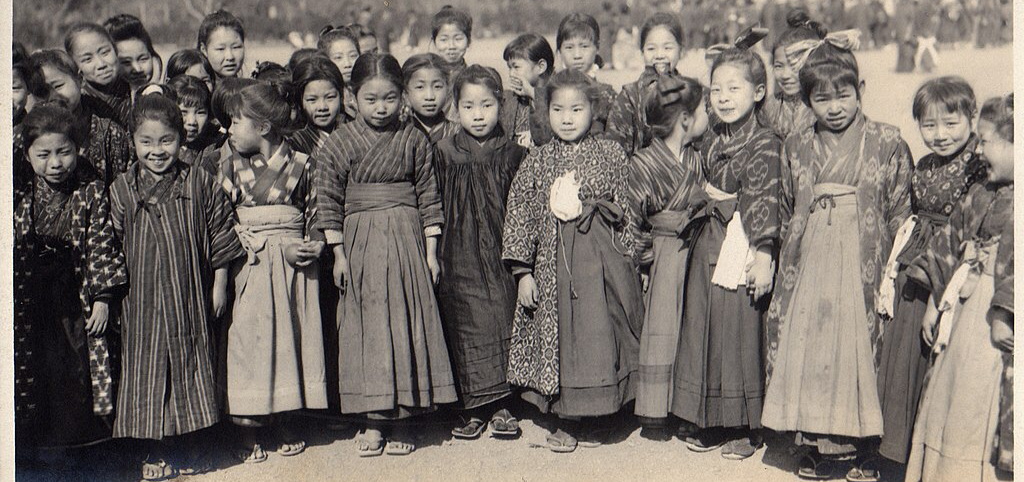Another Sutejo hokku:
glittering with jewels —
rain drops
on the princess azalea
nure iro ya ame no shita teru hime tsutsuji
ぬれ色やあめのしたてる姫つゝじ
Like the previous verse, this is from Kitamura Kigin’s anthology. I have been looking around for “hime tsutsuji” (what I’ve translated as Princess Azalea) but beyond descriptions of it being small and dainty, I don’t know what it’s called in English, or Latin for that matter.
There is word play here — “shita teru” to fall, as of rain or dew, can be read together with “hime” to recall the name of the divinity Shitateru-hime, who is mentioned in Kojiki.
Teimon haikai used a lot of word play, especially with homonyms. They tended to be a bit intellectual, like this one.
